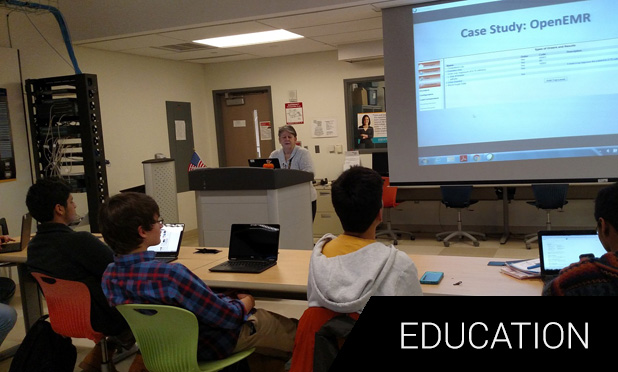Above: Best We Can Be after-school program at AITE High School, Stamford, CT with Jeanne Lauer, Business/Technology Teacher (Photo courtesy of TCR, Inc.)
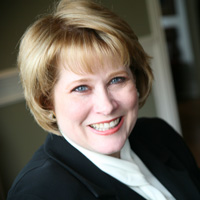
The Academy of Information Technology and Engineering (AITE) is a college preparatory, public magnet high school in Stamford, Connecticut. AITE provides a technology-rich immersion experience for its students, and encourages hands-on, experiential learning. Over the past decade, AITE has collaborated with TCR—an innovative technology services company with a mission to empower students—to offer a variety of extracurricular STEM (Science, Technology, Engineering, and Mathematics) programs to its students. This collaboration inspired TCR to create the Best We Can Be program to introduce students to careers in STEM.
Best We Can Be, launched in 2012 as a summer and after-school program, teaches STEM subjects through hands-on experiences with Electronic Health Record (EHR) software and Health Information Technology (HIT). This focus allows students to explore many interdisciplinary connections: medicine and other healthcare careers; computer science (such as cybersecurity, user-interface design, and data analytics); management; health-related legal considerations and much more. As our program has grown, students have asked us for additional learning experiences related to business, entrepreneurship, and personal development (study habits, critical thinking, team work, etc.). Our program’s emphasis on HIT and STEM topics provides many opportunities to weave in lessons that develop these practical skills.
Best We Can Be is a personalized college and career readiness program designed to teach 21st-century skills, to motivate students to take an active role in their own learning, to measure what students can do before and after participation, and to provide insights to inform best teaching practices. It encourages students interested in different academic tracks to work together in interdisciplinary teams to learn about and solve complex problems, using HIT as a learning foundation.
Best We Can Be complements existing school curricula, broadens students’ knowledge of scientific frontiers, and helps them forge a connection between their studies and the real world. Our evaluation of students and our programs is based on the premise that Best We Can Be must drive student engagement and give immediate feedback and benefits. Evaluation provides insights that guide the design of learning activities attuned to individual students’ needs and interests.
How Does Best We CAn Be Work?
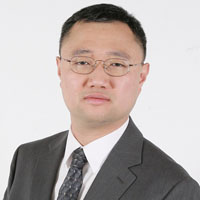
Students can participate in Best We Can Be in three flexible ways that encourage global interaction. One scenario is classroom-based, with on-site and virtual teachers leading students through hands-on learning activities assisted by Webinar and Learning Management System (LMS) technology. The second scenario is purely virtual, with all students and teachers interacting through Webinar and LMS technology. The third scenario combines those two methods.
All students need, to participate, is a computer and access to the Internet. Everything else is self-contained within TCR’s LMS. Students have access to a wide array of learning resources and tools. A huge amount of digitized learning content is available free on the Internet, but most students—and many teachers—need help navigating it. Our LMS can help by providing references to third-party resources and guidance on how to use them. It also organizes all the learning materials we developed for our HIT/STEM enrichment and personal development programs, and enables program and student evaluation and assessment with built-in data collection, analytics, and reports. Best We Can Be is based on a blend of mentoring, student interaction, and scalable technology that gives students customized content, personalized attention, guided instruction, and assessment.
Best We Can Be teachers come from many places and disciplines. They may be high school teachers, college professors and/or students, or industry professionals. Teachers are guest speakers who guide students though online seminars, assessments, and fun hands-on activities. These include:
John Moustakakis, Senior Vice President of Information Systems at Westchester County Health Center, who describes the challenges of “keeping the lights on” in the aftermath of Hurricane Sandy and the resultant power outages, with patients in hospital intensive care units tethered and dependent on HIT for their survival.
Aaron Kershenbaum, pioneer of Internet and networking technology, visiting scholar at Center for Clinical Epidemiology and Biostatistics at the University of Pennsylvania, and professor of computer science, who describes computer algorithms and how they are being used in interdisciplinary medical teams to discover cures for cancer patients.
Students from Stony Brook University’s Healthcare Informatics program and New York University’s Nursing Informatics program, who demonstrate how to use EHRs (Electronic Health Records systems) and how hard it is to share patient data across incompatible systems.
College students who volunteer to be Best We Can Be mentors tell us that by helping teens, they also help themselves. Their volunteer experiences reinforce their own learning, and they gain skills that can help them get a job or gain acceptance in advanced degree programs. Robert Suss, a recent psychology graduate from Stony Brook University, shares this: “As a guest speaker, I designed hands-on activities so students could learn HIT interactively, simply by accessing the Internet. For example, in one of my activities, students used an online demo to learn how to navigate medical imaging software, while also learning basic anatomy. I learned about these topics primarily through lectures and PowerPoints, so designing this activity helped solidify my own learning as well. In another activity, we explored DICOM radiology images, and how they are vulnerable to hackers if the proper technical safeguards are not in place. Many hospitals are being fined millions of dollars for HIPAA violations because their staff using HIT systems don’t use best practices.”
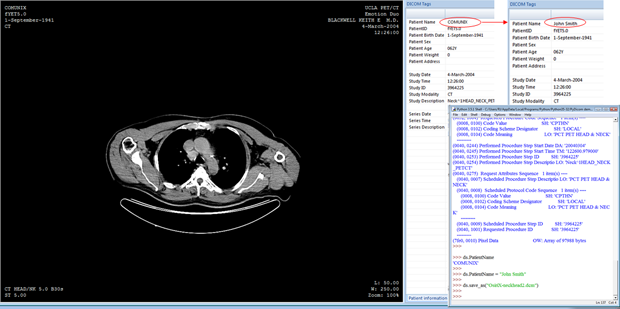
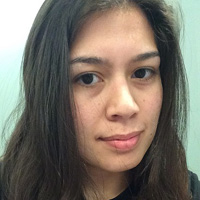
Liza Salloum, a biochemistry graduate from New York University who will soon be starting medical school, says: “I can speak from experience that when I worked in healthcare settings using EHRs (Rx Connect in the pharmacy, several different online EHRs for clinical research, and eClinicalWorks for use in a geriatric clinic), I learned the most when I was forced to actually use it. Since most of my preparation was through PowerPoints and quizzes, I didn’t actually learn how to use these systems until I made mistakes on the job and had to use the systems in a practical setting. Best We Can Be uses hands-on activities to teach students how to become more technologically literate. What I found especially fun about this internship was working with people from different backgrounds—medicine, IT, STEM, programming, and so on, and seeing how using EHRs combines different talents. This perspective helped me understand just how much goes into designing an EHR for a medical practice.”
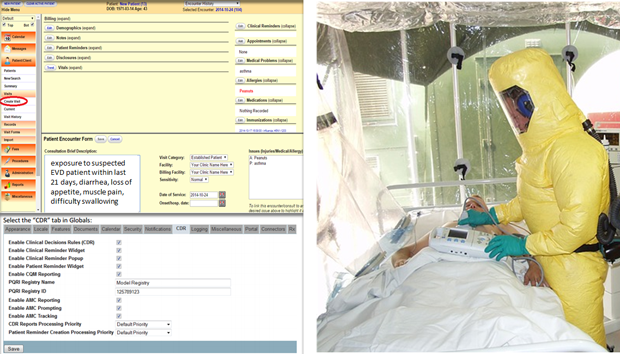
What Students Say About Best We Can Be
Best We Can Be allows students with different interests, across all grade levels, to interact in ways they would not normally in school. Students tells us this is an unexpected benefit they especially enjoy. Students tell us they have fun, feel increased confidence and self-awareness, learn critical life skills, and have success getting into the college of their choice after experiencing our programs. Some Best We Can Be high school participants have worked on independent research projects and have co-presented professional papers at peer-reviewed, international conferences, under the mentorship of Dr. Piliouras. Students tell us these are life-changing experiences that excite their motivation and interest in STEM. Other students have told us they never thought they had the skills or ability to learn STEM, and now they know they can handle it. Some students tell us the program has helped them gain the courage to be the first generation of their family to purse a college degree. In HIT, good jobs are available at every level of education, for graduates with the right skill sets.
What’s Next
Many students leave high school unprepared for college and jobs that require STEM skills. There is an urgent and pervasive need for effective programs that engage students in STEM learning. We are working with community partners, non-profit organizations, and educational institutions to complement their programs and extend Best We Can Be’s reach. We use the power of technology and the Internet to help students who want to learn and who can benefit from a supportive learning environment and positive role models.
For more information, please contact Dr. Teresa Piliouras at piliouras@tcrinc.com and visit our website at www.tcrinc.com.
About AITE (Academy of Information Technology & Engineering High School)

AITE is an award-winning, inter-district, public, magnet high school located in Stamford, Connecticut. It serves approximately 650 students representing diverse socioeconomic, ethnic, and racial groups across western Fairfield County.



